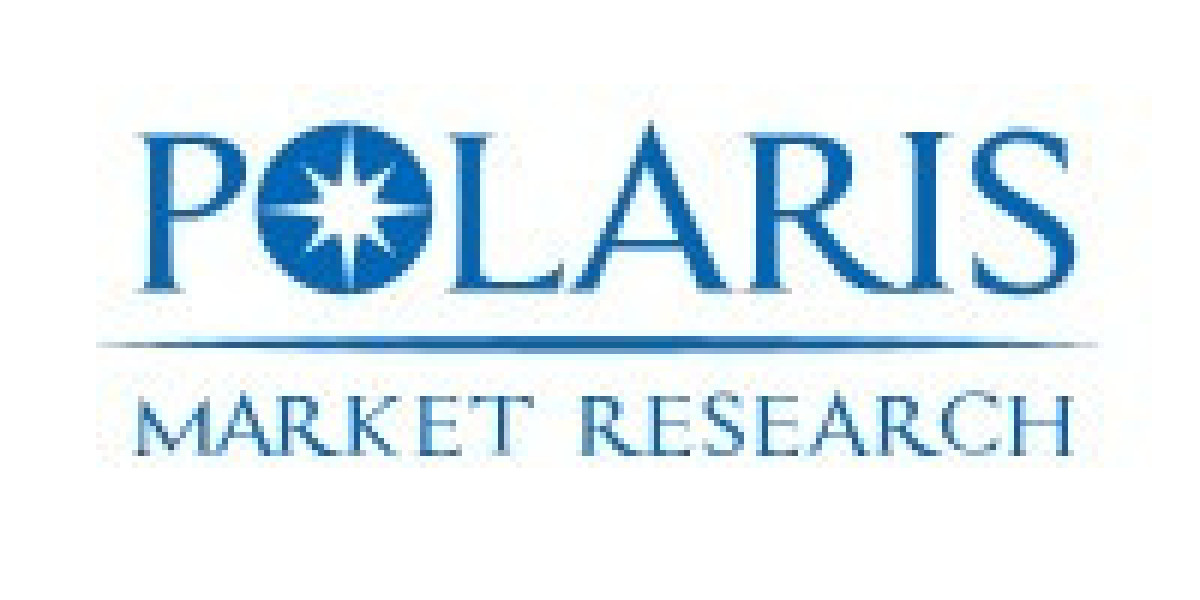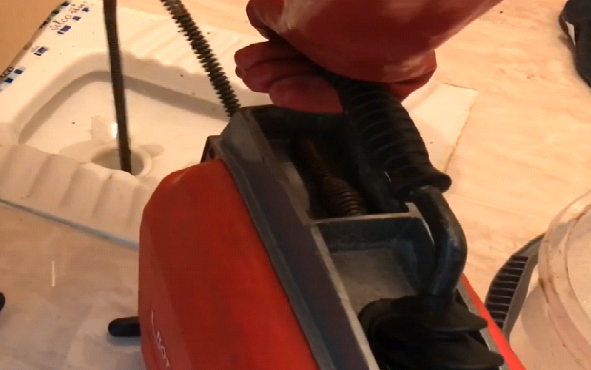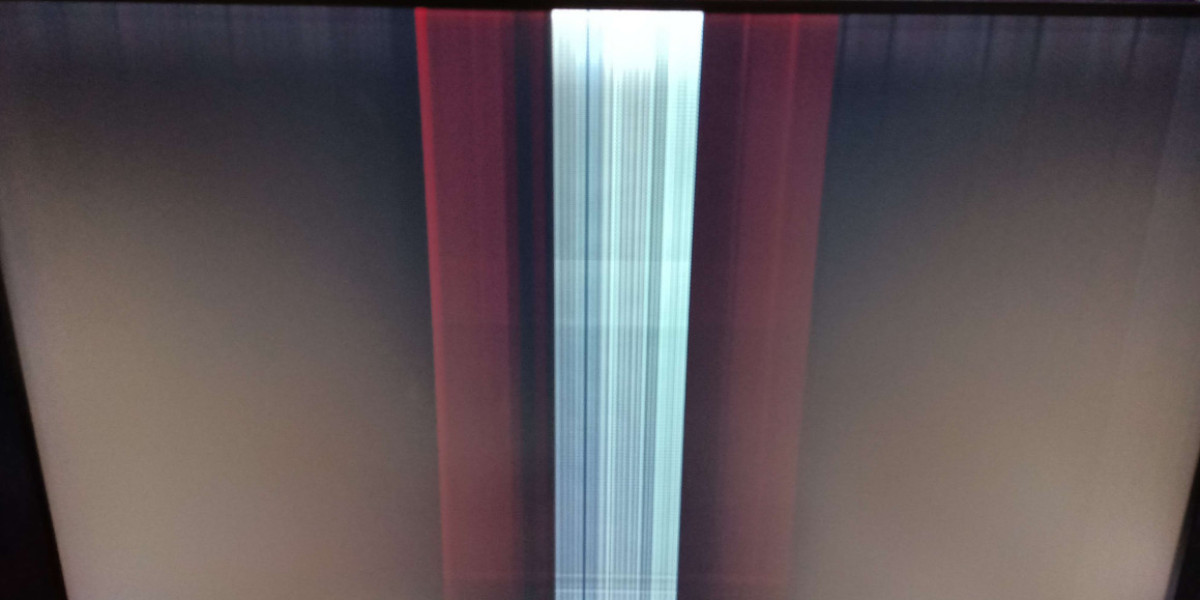Few processes are as critical and potentially consequential as policy limit verification. For claims professionals, verifying policy limits isn’t just a box-checking exercise; it’s a foundational aspect of ensuring accurate claims handling, financial responsibility, and legal compliance. In an era of increasing litigation, rising claim costs, and complex coverage structures, understanding the intricacies of limit verification is more important than ever.
This article explores what a policy limit is, why it matters, and how claims professionals can strengthen their processes to minimize risk and maximize efficiency.
What Is Policy Limit Verification?
Policy limit verification refers to the process of confirming the maximum amount an insurer is obligated to pay under an insurance policy for a particular claim or set of claims. These limits are established when the policy is issued and may differ by coverage type (e.g., bodily injury, property damage, umbrella coverage) or by occurrence and aggregate limits.
Proper verification involves checking:
· Coverage types and effective dates
· Per-claim and aggregate policy limits
· Remaining available limits after previous claims
· Endorsements or exclusions that may affect coverage
· Excess or umbrella layers and their trigger points
Why Is Policy Limit Verification So Critical?
1. Financial Exposure Management
The most immediate concern is financial exposure. If a claim exceeds the verified limits and the claims handler has not properly informed relevant parties, the insurer could face reputational damage or even legal liability. Conversely, failure to identify adequate coverage may lead to underpayment and disputes.
2. Litigation and Legal Defense
In many jurisdictions, failure to inform insureds of potential excess exposure — i.e., where the claim could exceed policy limits — can result in bad faith litigation. Courts have penalized insurers that failed to verify and communicate policy limits, especially if this affected settlement discussions.
3. Claim Evaluation and Negotiation
Settlement negotiations hinge on an accurate understanding of available limits. Claimants' attorneys often ask early in the process what limits are available, and incorrect information can damage negotiation credibility or lead to penalties.
4. Regulatory Compliance
Insurance regulators in many states require prompt and accurate disclosure of policy limits when requested in writing. Errors or delays can result in sanctions or compliance actions.
Common Challenges in Policy Limit Verification
Despite its importance, policy limit verification is often mishandled or delayed due to several challenges:
- Fragmented Policy Records
In large organizations, policy information may be stored across multiple systems — underwriting databases, document management tools, legacy platforms — making retrieval time-consuming and prone to error.
- Inconsistent Communication
Claims professionals may not always receive timely updates when endorsements change limits or when prior claims erode available coverage.
- Complex Coverage Structures
Some policies have layered structures, shared limits across coverages, or self-insured retentions (SIRs). Misinterpreting these can cause inaccurate limit calculations.
- Multi-Carrier and Excess Coverage Issues
When more than one carrier is involved (e.g., excess liability or reinsurance), coordination becomes critical but can be difficult, especially without proper documentation.
Best Practices for Claims Professionals
To avoid the pitfalls of inadequate verification, claims professionals should adopt a structured, proactive approach. Below are best practices that can help:
1. Start Verification Early
Begin the verification process as soon as a claim is reported — ideally within 24 to 48 hours. Early identification of limits shapes case strategy, especially for high-value or potentially litigated claims.
2. Document the Verification Process
Keep clear records of how limits were verified, who verified them, what documents were used, and what communication was made to the insured or third parties. Documentation can serve as legal protection if disputes arise later.
3. Use Technology Tools
Modern claims management systems often include tools to track and verify policy limits. Leverage automation to cross-reference policy data, alert on limit erosion, and flag inconsistencies.
4. Understand the Full Policy
Don’t just review the declarations page. Read the full policy wording, including all endorsements, exclusions, and condition sections. A claim that appears covered on the surface may be restricted by policy language.
5. Communicate with the Insured and Legal Team
If a claim threatens to exceed policy limits, notify the insured in writing and document the communication. Engage legal counsel where appropriate to assess exposure and ensure good faith efforts.
6. Coordinate with Underwriting
If a discrepancy or ambiguity in limits arises, work with underwriting to resolve it. Underwriters can clarify intent or help track down relevant documentation, especially for manuscript or custom policies.
Handling Requests for Policy Limits from Claimants
One common issue claims professionals face is requests from third-party claimants or their attorneys to disclose policy limits. Here are guidelines on how to handle such situations:
Know the jurisdiction: Some states (e.g., California, New York, Florida) have statutes requiring disclosure of policy limits within a certain time frame after a formal request.
Seek legal guidance: When in doubt, involve legal counsel to determine whether you’re required to disclose and how best to protect the insurer and insured from liability.
Avoid partial disclosures: Disclosing only part of the policy (e.g., the declarations page) can be misleading if the policy has exclusions or layers that alter the actual limit available.
Real-World Consequences of Poor Verification
Case law is filled with examples where insurers faced bad faith suits or extra-contractual damages due to poor policy limit management:
In Boicourt v. Amex Assurance Co. (2000), the court found the insurer may have acted in bad faith by refusing to disclose policy limits, thus hindering settlement discussions.
In Comunale v. Traders & General Insurance Co. (1958), the insurer was held liable for a judgment exceeding the policy limit because it failed to settle within the limits when it had the chance.
These and other cases underscore that verification isn’t just a technical step — it’s part of the insurer’s duty of care.
The Future: AI and Predictive Analytics in Limit Verification
As insurance becomes increasingly digitized, AI and machine learning tools are starting to assist in policy interpretation and limit verification. These systems can:
· Extract data from complex policy documents
· Identify limit-related inconsistencies
· Predict when a claim may approach or exceed policy limits
While these tools can’t replace professional judgment, they offer valuable support and reduce manual error.
Conclusion
Policy limit verification is a cornerstone of responsible claims management. For claims professionals, mastering this process ensures accurate claim evaluation, protects the insurer from legal and financial risk, and upholds ethical standards. By adopting rigorous practices, leveraging technology, and understanding the legal landscape, claims professionals can avoid costly errors and serve all stakeholders — including claimants, insureds, and insurers — more effectively.








